Student Blog
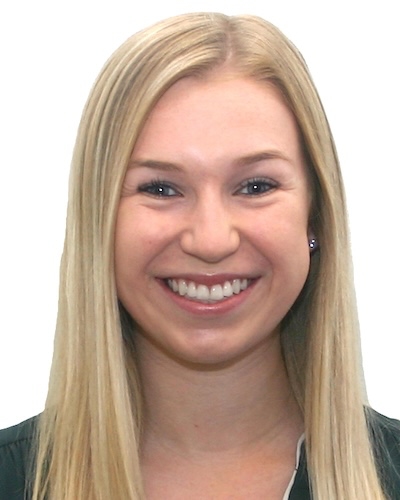
Electives: OT Generalist to Specialist ⟩
April 17, 2019, by Jessica P.
In the spring semester of the second-year in the Master’s program, we get the opportunity to take elective courses. Like all OT programs, USC Chan prepares us to be OT generalists when we graduate, but we also get to take 12-14 units of elective coursework. These courses allow us to begin to focus in an area of interest, taking you from an OT generalist to specialist. Our division offers over 20 electives and also gives us the opportunity to take classes outside of the Chan division. For example, if you are interested in opening your own private practice you could take courses in the USC Marshall School of Business or if you are interested in health policy you could take courses in the USC Sol Price School of Public Policy.
I wanted to share a little more in-depth about the electives I chose to take this semester to give you a glimpse at all of the hands-on opportunities I’ve had throughout this semester.
OT 561: Occupational Therapy in Acute Care
In this class we have a lecture portion where we learn about the blend between a top-down occupation-based approach and bottom-up systems-based approach within the context of acute care. In addition to the class, we also get to complete a clinical experience portion at Keck Hospital of USC. At Keck, we get hands-on experience working with occupational therapists in a variety of settings. During my clinical experience, I was fortunate enough to see OTs working in various ICUs, neurology, cardiology, and orthopedics.
OT 573: Hand Rehabilitation
Throughout this course we learned how to blend the art and science of hand therapy in order to first be occupational therapists and then hand therapists. It was very hands-on, using case studies, splinting scenarios, and even a functional anatomy super bowl. Our professor taught us about addressing topics such as wound healing, scar management, physical agent modalities, splinting, peripheral nerve injuries, and arthritis — and most importantly, addressing these topics with an occupation-based approach. For my classmates who are interested in pursuing advanced practice in hands, the hours from this class counts towards their education hours!
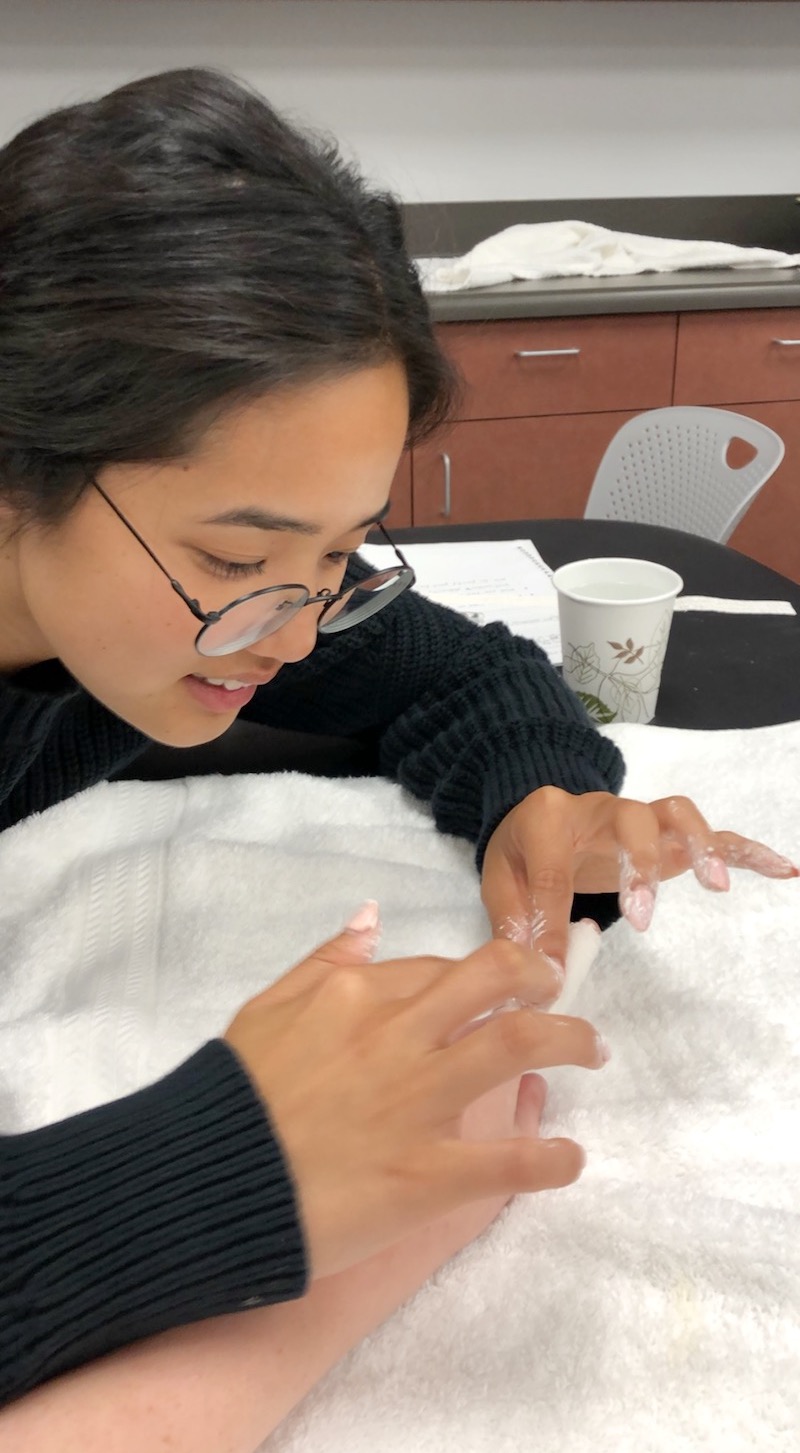
One of my classmates, Sarah, practicing applying a plaster digital cast on my finger
OT 574: Enhancing Motor Control for Occupation
This course emphasizes using motor control techniques in order to increase engagement in occupations. For the first four weeks of the semester, we focused on learning basic mobilizations and facilitations on each other utilizing handling skills based on the Neurodevelopment Treatment Approach. After this, we had weekly two-hour treatment sessions with our patient models. These patient models are real people who have all experienced a stroke. Each week, we would develop and implement a treatment plan with our patients as well as give them homework to work on.

For our last session with Louis, he taught our group to make cupcakes because one of his goals is to be a chef instructor
My group’s patient, Louis, was one of the best teachers I have had in OT school. He allowed us to try out different treatment ideas and was always so motivated to work with us. I learned how to grade treatment sessions to the “just-right challenge” and always have back-up plans. Most importantly, Louis taught me about resilience and the difference that a positive attitude can make on the recovery process.
OT 575: Dysphagia Across the Lifespan
In dysphagia we learned about the anatomy and physiology of the structures involved in swallowing and how this impacts the occupation of eating. We also learned assessment and treatment strategies for patients of all ages in different settings. Through lectures, case studies, and hands-on techniques we learned about how occupational therapists can have a distinct role in approaching dysphagia management. One of my favorite lectures was on performing oral exams and we even got to test our classmates’ gag reflexes! Luckily, since I am interested in pursuing my advanced practice in dysphagia, this course counts towards 24 out of the 45 hours needed for specialization in California.
Throughout all of my classes in the program at USC there has been a strong emphasis on occupation-based approaches. After all occupation is in our job title! The electives I chose to take took it even further with demonstrating how to stay occupation-based in settings or with populations where a bottom-up, biomechanical model may be more typical. I feel so grateful to have had the opportunity to customize my coursework with electives this semester to prepare myself for the areas of practice and specialization I am interested in pursuing.
⋯
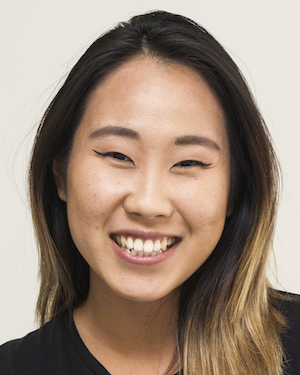
Ghana Part 2 — Facilitating OT and CBR Collaboration ⟩
April 8, 2019, by Joyce
Diversity Externships International
One of the coolest parts of this externship was the fact that we, USC students, were able to participate in one of the leader’s, Jenna Kobara, OTD project. As part of her OTD, Kobara is pushing for interprofessional collaboration between OT students/OTs and community based rehabilitation workers (CBRs). An equivalent of a CBR in the states are the Community Health Workers, many of whom work with spanish-speaking communities, promotores de salud, to support health education and prevention efforts. Similarly, in Ghana, CBRs venture out into the communities, identify individuals with disabilities, and work on educating and building rapport with the community to facilitate inclusivity throughout the village. The community in Ghana is not only the immediate family but also their neighbors!
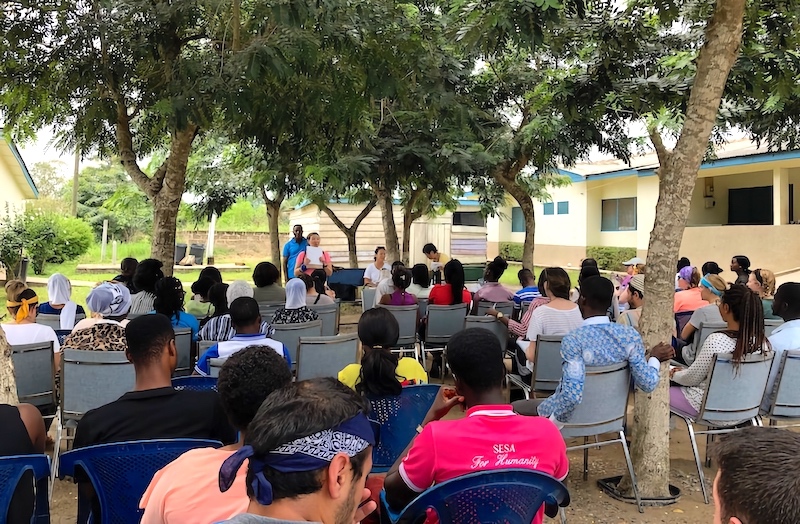
On the first day of this collaboration, USC students met with the Ghanaian OTs and the CBR students. I worked with my partner, Liliian, to facilitate a discussion about scope of practice and definitions around independence and therapy. Our job was not to lead the discussions but to open the doors for the Ghanaian students to participate and converse with one another. We were able to touch upon several points including the definition of independence, function, and ways for future collaborations.
After about 30 minutes of thoughtful conversation, we moved onto completing a task analysis of tie dying. For the CBR students, this was the first time engaging in task analysis.
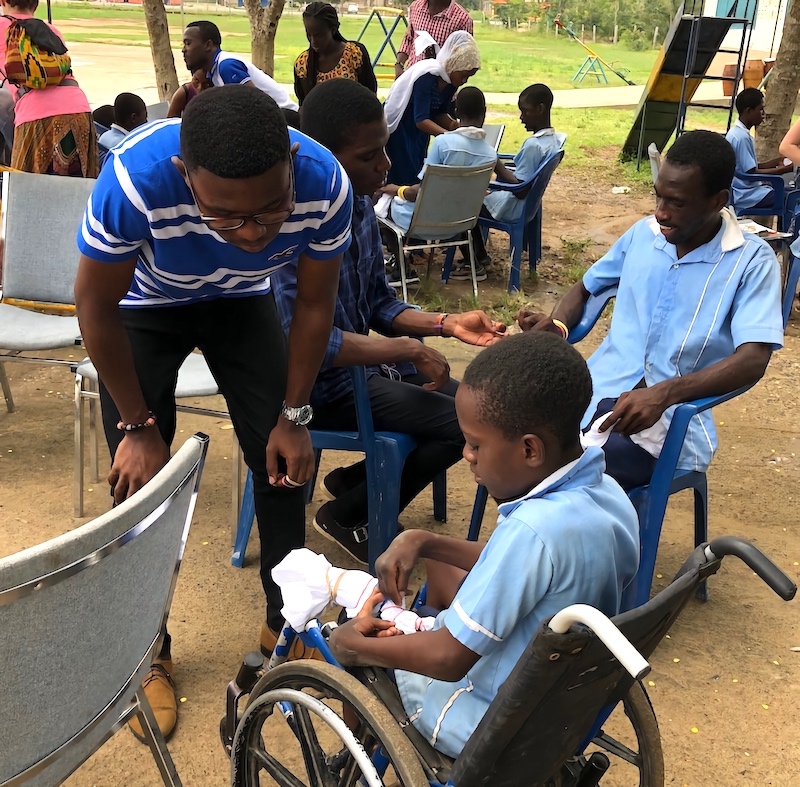
I realized that the Ghanaian students were grappling with this novice task of tie dying shirts! It was a new activity for both of them and I believe that while it was new, the students worked well together to task analyze the tying of the rubber bands around the t-shirts. After task-analyzing together, the MTC students came out to complete the activity with us! This was a great time for the Ghanaian OT and CBR students to interact with MTC students, not to mention, they were a lot more fluent in the local language of Fante so communication was so much smoother!
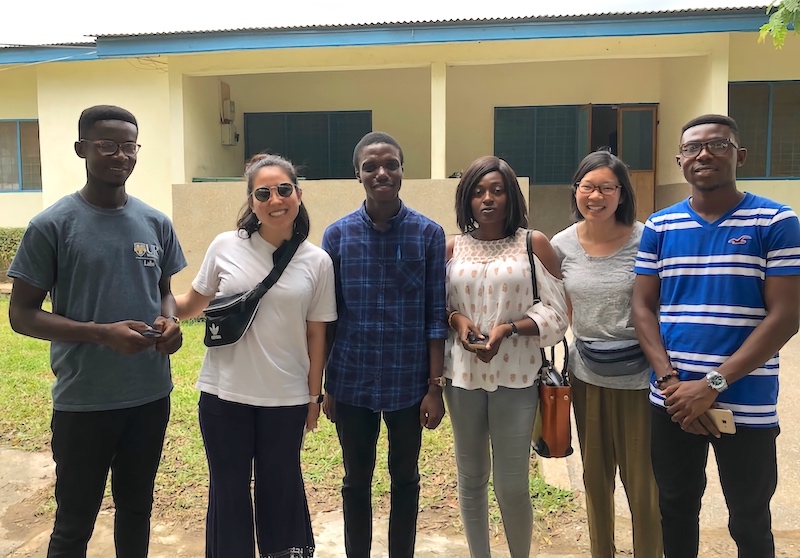
Seeing all of this unfold, I was in awe and have come to fully understood Bonnie’s mission, “To be out of a job”. Bonnie truly wants to plant the seed of collaboration between Ghanaian professionals to create the sustainability without the help of obrunis.
The next few days, my partner and I worked together with our matched CBR students in their specific community attachments to explore and learn about CBR work. As we engaged and problem solved with different individuals with various diagnosis (ie. CP, lower extremity pain), we made it a point to provide education that can carry with the CBRs for their future clients and to encourage the strength of collaborating with Ghanaian OTs.
It has been such a great experience to get to know our CBR students and how they have come to this profession. For some, it was not their first choice. In their univiersities, they may be placed into a major like occupational therapy or CBR. But even though it wasn’t their first choice to study this specific major, I have heard that many hearts were changed throughout their studies. It allowed students to change their perspectives on what the definition of disability, community integration, and function. I truly enjoyed and was inspired by the work of these students and the passion that they hold to increase awareness and acceptability of individuals with disabilities or illness into their communities. I even have pen-pals from Ghana to continue discussing about OT, CBR, scholarship, funding, NGOs through email. 😊
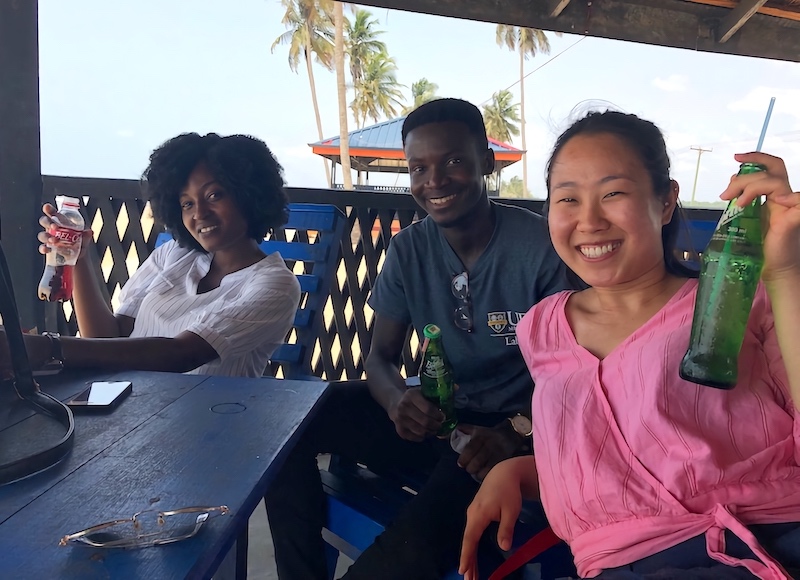
⋯
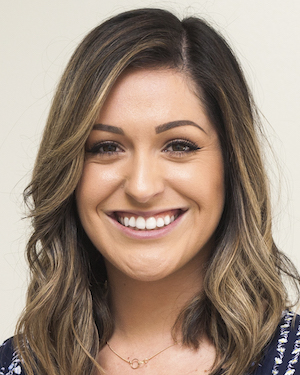
Refining My Leadership Skills — Externship In LA ⟩
April 3, 2019, by Melissa
Hey everyone! I’m a bit late to the game, as I have yet to post about my externship experience, but this semester has just been so busy! Nonetheless, I wanted to talk to you guys about my decision to stay local for my externship, since the rest of the Ambassadors went abroad! I split my experience into 2 different opportunities, so read on for the specifics of each one!
Shadowing Dr. Katie Jordan at the Chan Division of USC
Dr. Katie Jordan is one of the coolest and most inspiring people I’ve had the pleasure of meeting during my time at USC. She embodies the type of leader that I aspire to be one day, therefore I couldn’t pass up the opportunity to see how she manages to do it all. Before I go any further, I’m going to list out all of her roles (and I’ll probably miss some): she is a professor in our program, the Associate Chair of Clinical Occupational Therapy in the division, the Director of OT and Speech Therapy at Keck and Norris Hospitals, she works at AOTA on the Relative Value Scale Update Committee, and is the Co-Chair for OTAC’s Practice, Ethics, and Reimbursement Committee. She is also a mentor to residents going through the OTD program, as well as students like me that have an interest in advocacy. On top of all of that, she is an amazing mother and wife.
My interest in meeting with her started back when I was a first year in the program. Whenever I would meet with my mentor, Dr. Jordan’s name would inevitably come up as someone that I should get in touch with. For one reason or another, it never happened, therefore our leadership externship seemed like the perfect opportunity to do reach out and shadow her! I’m so glad that I did, because I learned so much during the short week I spent with her. I went to most of her meetings, got to listen to conference calls, and got to see what each of her roles really entail. It was amazing to see her transition in and out of each of her roles so flawlessly. No matter how crazy her schedule got, she always remained composed, which is something I admired. She speaks with authority but isn’t rude, and represents our profession really well. She is incredibly knowledgeable on all things OT — even on things we all wish weren’t a part of our jobs like dealing with billing and Medicare — and has a great ability of explaining things in a way that’s easy to understand.
Shadowing Dr. Jordan taught me about where we can go as OTs as far as leadership goes, but I also learned a lot about the intricacies of her roles, and what it’s like working with large groups of medical professionals that may have differing thoughts on various issues.
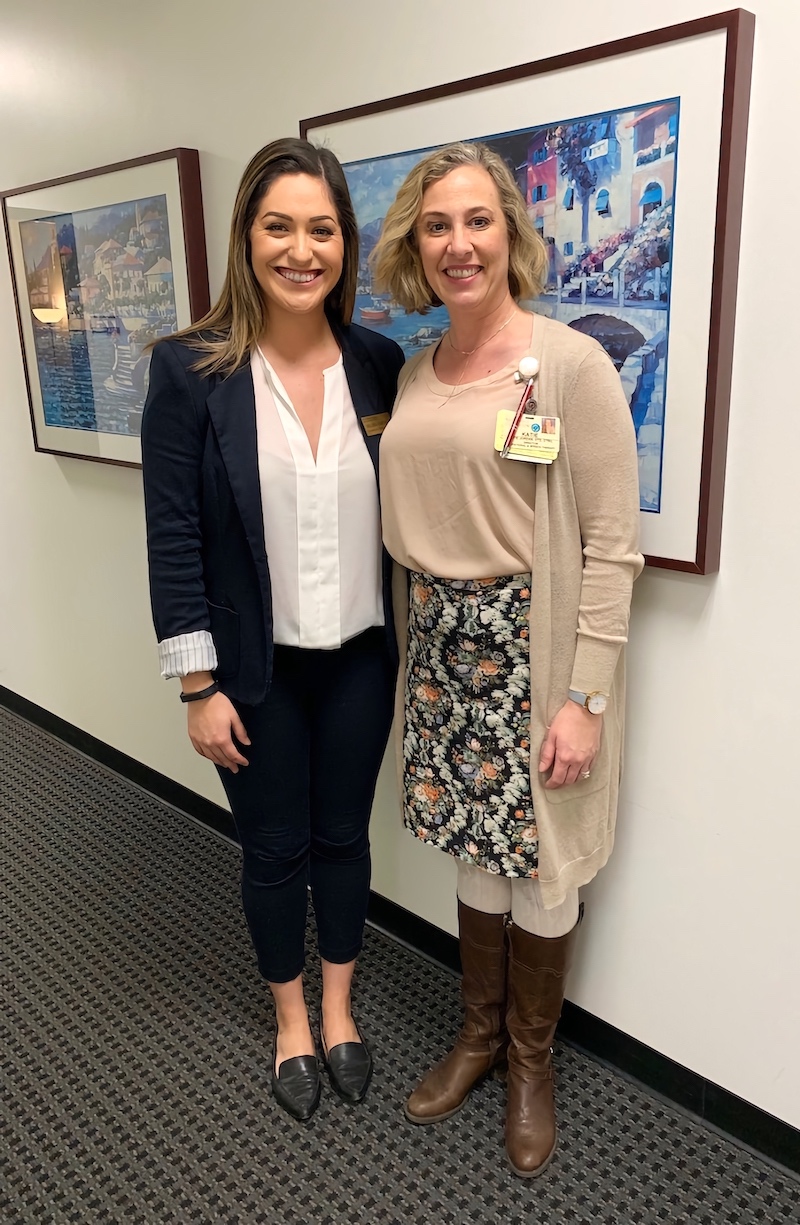
Shadowing Terri Nishimura, CEO of Pediatric Therapy Network
I met Terri Nishimura when she was part of a Leadership Panel for our Capstone course this Spring. During the panel, she was very vocal about our responsibility to advocate for our profession, and how becoming politically involved is also really important. As someone who has stayed away from politics for the last couple of years, this was hard for me to accept. However, she made a compelling argument. As the CEO of a non-profit organization, the services she’s able to provide and the funding for those services are all impacted by legislation. Although our state and national organizations do a great job of trying to keep up with all of the political changes that are occurring and advocating for our profession, it is still important for us to be involved as well.
She gave the example of how decades ago, she started a friendship with one of the councilmembers in Torrance (which is where PTN is located). Over the years, he kept advancing in the political world, until he became one of our state senators. There was a bill that was threatening the services OTs could bill for in pediatrics, so she reached out to him and asked that he not only not vote for that bill, but that he help to educate the other senators on the reasons why passing this bill would have negative implications for OT. He happily did so because of their established relationship, and fortunately that bill didn’t pass. She stressed that advocacy isn’t a one-and-done situation, but that we have to put in the time to develop strategic relationships. This story was really impactful for me, because I hadn’t given much thought to what we could do, therefore I was eager to learn more. I approached her after class to ask if she’d be willing to host me for the second half of my externship, and she happily accepted!
During my time with Terri, I got to learn a lot about what it’s like to be a CEO, as well as a leader in the pediatric community. I got to help Terri plan for a legislative reception for OTAC, where I got to meet with many OTs that hold leadership positions within OTAC! I learned who my local, state, and federal representatives are, and how to find that information if I ever need it. Before this experience, I felt like the world of politics was just something I did not want to get involved in. Even if I did, i felt like I wouldn’t know where to start. Thanks to Terri’s guidance, I now have a much better understanding of what we can do and how to do it.
Ultimately, there are pros and cons to going abroad and staying local for our externships. Going abroad can be expensive, but we get the opportunity to see what occupational therapy and healthcare look like in different countries! Staying in LA is not nearly as enticing as going abroad, but the connections you make are hopefully some that will last for a lifetime, and can help you when you’re venturing out into the real world as a new grad! In the end, the choice is up to you, but just keep in mind that there are plenty of wonderful opportunities no matter where you go.
⋯
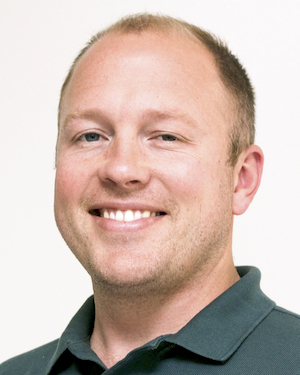
Spring 2019 ⟩
April 3, 2019, by Evan
It’s unbelievable that my leadership capstone class, which meets every Monday at 1pm, represents the last opportunity my entire MA-II class will have to be together in one room. It seems like only yesterday that we were all meeting each other for the first time! These two years have just flown by. To be honest, at the time I entered grad school I was feeling very nervous about my choice to come back to school and pursue a second career. Now I feel so good about that decision, and grateful that the experience has surpassed my expectations. Simply put, I’ve met some of the best people I’ve ever known here in the USC Chan Division. I have learned so very much. Not only do I feel ready and competent to move on to an OTD residency at Children’s Hospital Los Angeles, but the base of knowledge and experience I have gained through this curriculum will serve me as a person, father, and husband for the rest of my life. Thanks sincerely to my student colleagues and every professor and staff member that has made this journey special for us. It’s an amazing gift to be in a position where you genuinely feel you can help people.
And to those of you who were wondering if it is really possible to have kids in Grad School, I’m happy to report that my second child was born in December! She is my soulmate. Sure, these last few months have been busy. It’s taken a lot of hard work and determination to get everything on the list done each day. But with the sincere support of this department, which really means the world to me, I’ve been able to stay on course.
So all of you who might be wondering if a return to grad school might just be too much, I’m here to tell you it’s possible! Keep the faith, work hard, and good things will happen. I believe this with all my heart.
⋯

OT Career Fair: Résumé Advice and Preparation ⟩
April 3, 2019, by Jessica P.
This past Friday, our division hosted our annual OT Career Fair. We had almost 40 organizations come to speak to and recruit our students for jobs in pediatrics, adult physical rehabilitation, mental health, school-based OT, and more! For me, it was a great opportunity to network and see what the job market is like as a new graduate. One of the most helpful parts of the day was getting feedback on my résumé. As an occupational therapy student, my résumé has evolved over the past few years to include to numerous fieldworks and experiences I have had during my time at USC.
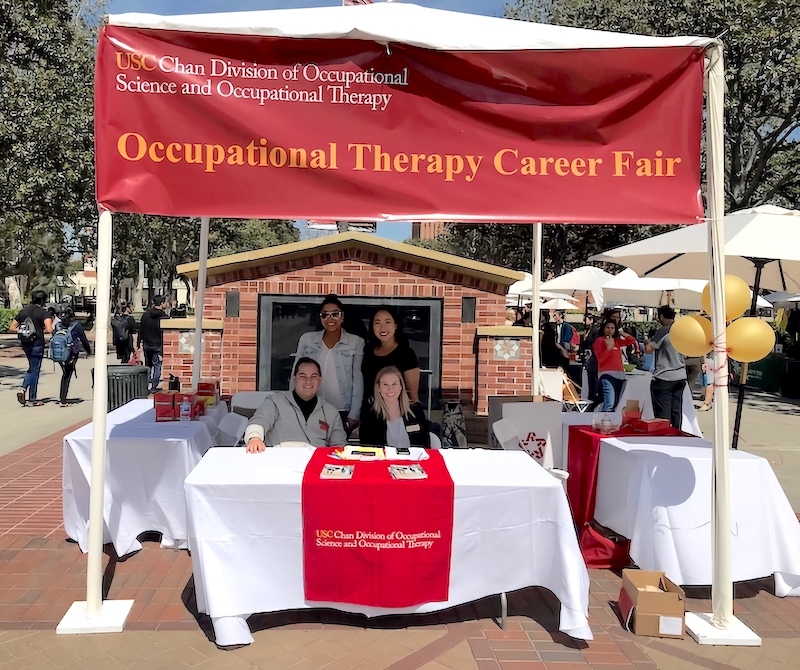
Chan’s Events Coordinator & Student Ambassadors at the 2019 Career Fair
Putting together an OT résumé for the first time from scratch can be a daunting task so here are my tips on creating your best OT résumé.
Key Elements of a Résumé
- Contact Info
- Education
- Honors/awards
- Experience
- Fieldwork
- Professional associations
- Additional information (skills, interests)
When writing a résumé, you can edit it to target the specific position you are applying to. Always include your skills and accomplishments rather than just listing your required work duties. Use action words to describe what you have accomplished.
Presentation of a Résumé
- 1-2 page length
- Single-spaced
- No smaller than 10-point font
- Print on thicker paper
Hopefully if you have a stellar résumé, you are able to secure an interview. One of the most important parts of an interview is preparation.
Interview Preparation
- Research the company: Know the company’s mission and why you want to work there.
- Check social media: Learn what the company is really about.
- Prepare questions for the interviewer: What do you like about working here? How did you get into this line of work? If you weren’t working here where would you be working?
- Practice interviewing skills: Work with someone who can give you feedback. USC offers mock interviews on connectSC which can help you gain confidence in your answers.
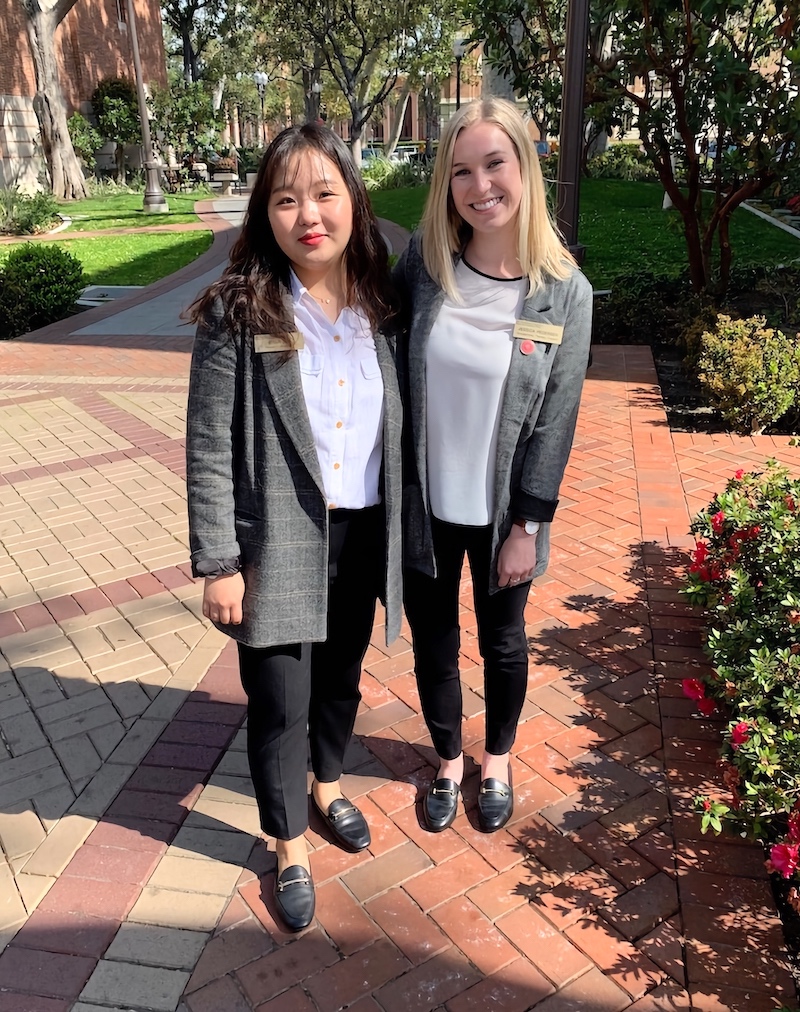
For any interview, remember to always dress your best!
Whether you are a prospective student looking at occupational therapy programs or about to graduate and look for your first job, know that our career outlook is great. According to the Bureau of Labor Statistics, there is a projected 24% growth of OT jobs from 2016-2016. This means that we need more OTs to fill jobs and I know that my classmates and I have been well prepared to be the occupational therapists of the future.
⋯





